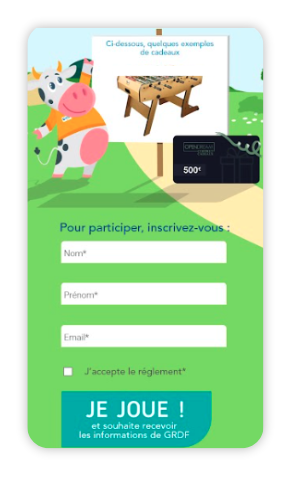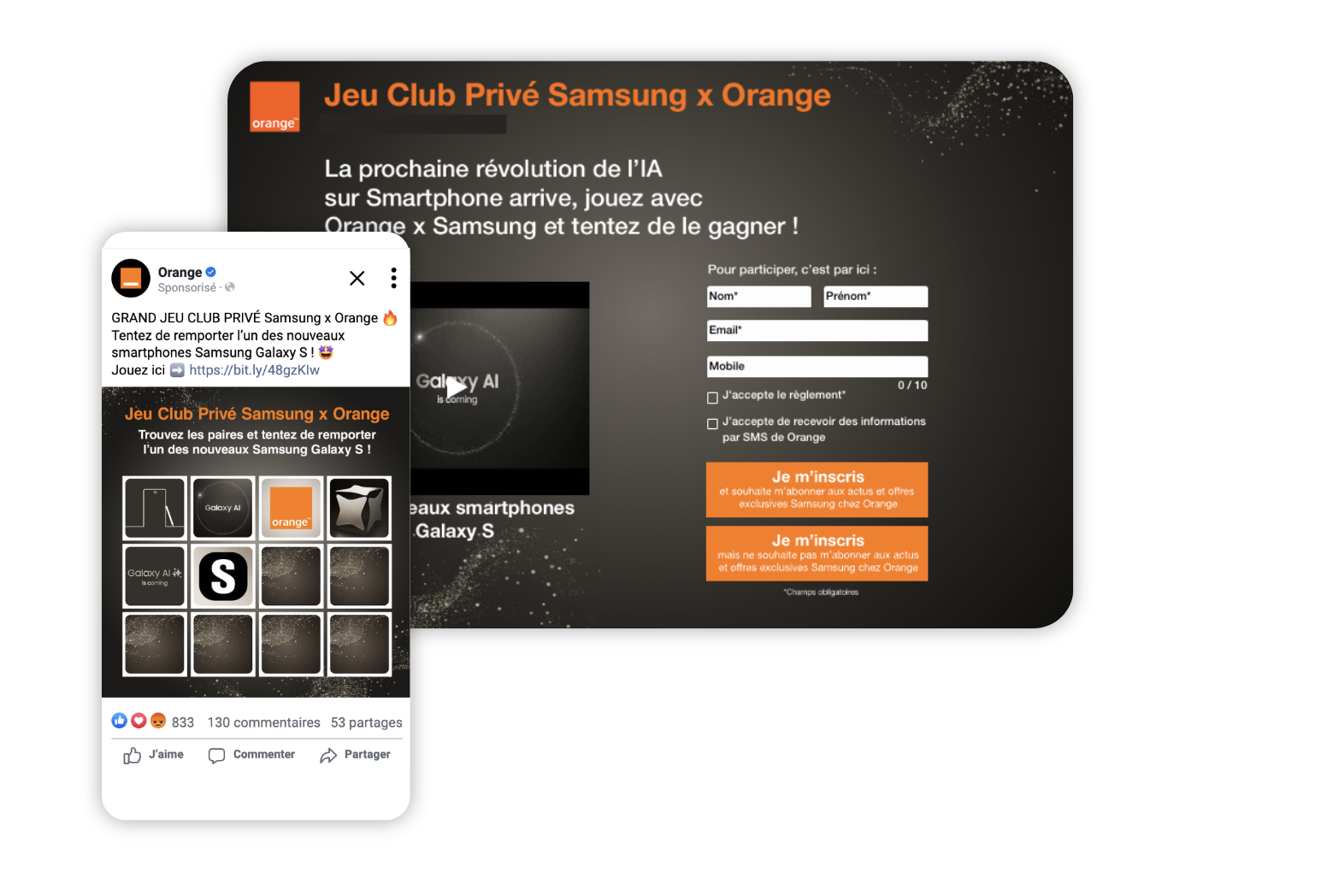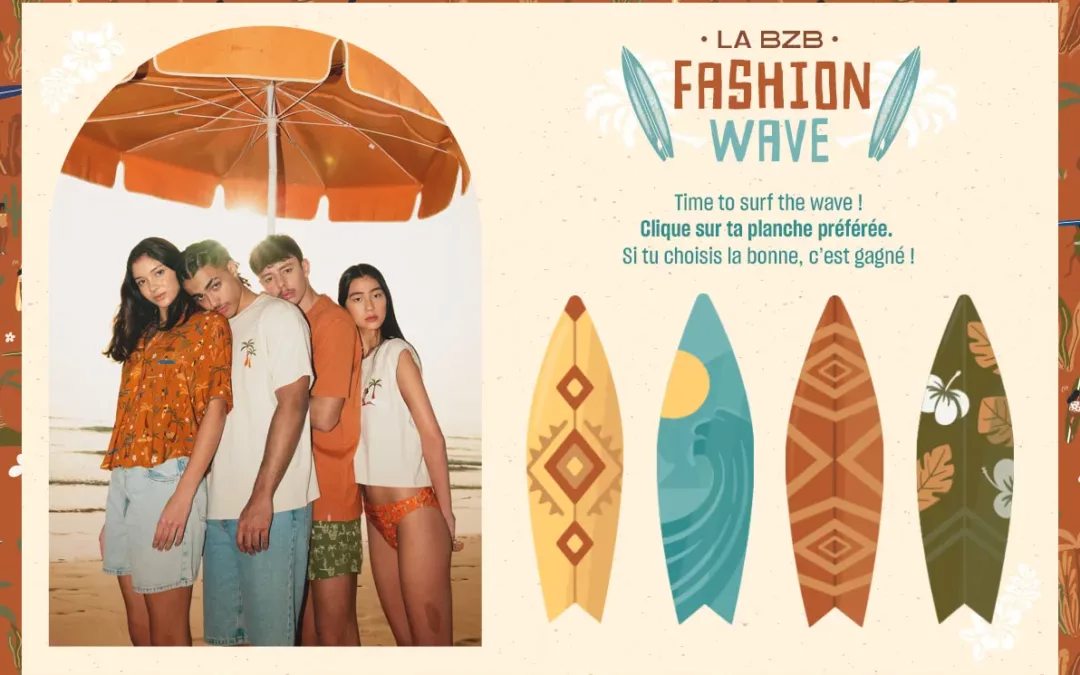
Energy sector marketing: 3 original ideas for every challenge
With our economy making a decisive shift towards greener energies, the energy sector is undergoing a major transformation. As well as innovations in resources and energy use, old and new players in the vertical are also having to change the way they communicate with their customers.
In a context of transition to renewable energies, it is crucial to update your marketing strategy. This should make it possible to establish greater transparency in the innovations proposed by players in the sector, and to raise consumer awareness so that their practices evolve.
In this article, we’ll be looking at the key issues in energy sector marketing. We’ll also look at how marketing gamification can help energy companies meet the challenges they face by facilitating interaction with their customers.
The challenges of energy sector marketing
The energy sector has never been so affected by social, economic, organisational and environmental issues. Whether as a result of rising prices following the conflicts in Ukraine or changes in French consumption patterns (with the rise in teleworking seeing their energy costs increase), the companies that supply or distribute energy are under the spotlight.
In this context, companies in the energy industry must strive to adapt their communication to the expectations (and concerns) of their audience and provide them with clear answers and solutions.
Here are the main marketing challenges they face.
Raise your profile and improve your brand image
They are also speaking out to re-establish the bond of trust with consumers, a bond that may have been broken by the complexity and high costs of the energy sector. Companies now need to be more transparent and show that they are listening to their customers.
Education and awareness-raising: the educational challenge of the energy transition
The challenge of educating consumers can take many forms, including the provision of clear and precise information on the challenges of the energy transition and the impact of our consumption. But it can also involve objectively presenting the advantages of the new green energies.
However, we must be careful not to make people feel guilty or anxious, as this could alienate a large part of our audience. Eco-anxiety is an increasingly central mental health issue, particularly among the younger generations. So it’s up to companies in the sector to provide information, not alarmism, but optimism, through realistic solutions and objectives (such as reducing greenhouse gas emissions). Translated with DeepL.com (free version)
Collecting data for better decision-making
The strength of this industry is that data collection is simplified by the very needs of consumers. Indeed, most players (such as solar panel installers or energy supplier comparators, for example) start their customer journey with an energy diagnostic.
This process makes it possible to collect very precise information, voluntarily shared by prospects. Prospects are all the more inclined to share this personal data, as it will enable the company to offer them a tailor-made solution, and thus benefit from a more qualitative service.
Gamification for energy sector marketing
Gamification, or the incorporation of interactive and playful elements into marketing campaigns and materials, is an excellent strategy for meeting the challenges facing the industry. This strategy makes it possible to :
- Boost the brand awareness of new players (or incumbents who want to raise the profile of their renewable energy offering). Marketing games such as contests, especially on social networks, are very effective in gaining virality and reaching a wider (and younger) audience;
- Strengthen trust between the company and its customers. By multiplying playful interactions with its audience, gamification enables the brand to better engage and create a strong emotional bond.
- Consumer education through <a href="https://www.adictiz.com/blog/ludopedagogie-jeu-et-apprentissage/
“>edutainment. Gamification is already widely used in the educational sector to facilitate the transmission and memorization of new information. In the energy sector, mechanisms such as interactive quizzes can be used to provide information in an engaging way.
- Collect data to better address customer needs. As we have seen, companies in the energy sector can refine their customer knowledge via quotation forms or offer comparison systems. But games such as Survey, Swiper or Price is Right can also simplify information gathering and enrichment of the customer database.
3 examples of gamification in energy sector marketing
Gamification is already being used by many energy companies to better communicate with and engage their customer communities. Here are 3 examples of interactive campaigns to inspire you.
1. GRDF’s interactive campaign
GRDF opted for the interactive Tiny Wings mechanic to promote green gas in a fun, offbeat way. This score-based game, combined with attractive prizes (such as 500-euro gift vouchers), helped to engage users, encouraging them to spend time with the brand and memorize new key information. Result: this addictive mechanic recorded almost 18 games/player and 14min of average time spent on the game.


2. Sowee’s marketing game to generate leads
Sowee has devised a scripted campaign around the world of moving. The company chose to offer several interactive mechanics, enabling it to educate customers about its moving offers. CTAs at the end of the campaign facilitated the identification of relevant qualified leads for retargeting according to needs.


3. Gamification to promote Total’s offering
Total uses games as a lever to get to know its reactive customers and prospects better. Sent to a targeted part of its CRM base, the Quiz not only promoted one of the company’s offers in an educational way, but also identified intentionalists likely to become customers (via opt-in collection). By asking them about their intentions, Total was able to recruit qualified leads to retarget, maximizing the conversion rate of its campaign.


Conclusion
Gamification is the best lever at your disposal to boost your marketing strategy in the energy sector. Discover our catalog of interactive mechanics and create more effective campaigns to generate leads, engage and educate your customers!
























